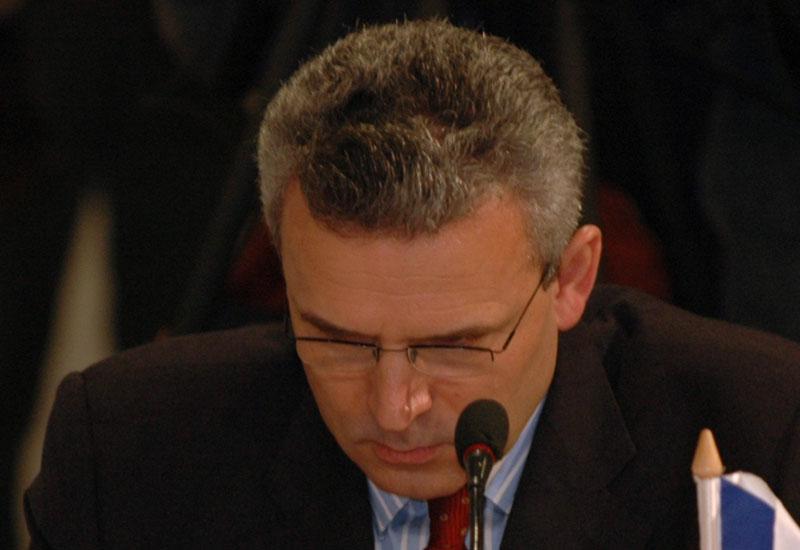Ladies and gentlemen, In 1963 an American researcher was examining in the Jewish Museum in Prague a collection of Old Testament parchments, which had been stored there at the time of the holocaust, when a small piece of paper fell aut of one of the scrolls. It contained the words "God help us in these difficult times".
What kind of times were these? The arrival of Acting Reichsprotektor Heydrich in Prague in September of 1941 was the beginning of a well-planned and merciless extermination of the Czech Jewish community. Even before then, members of Jewish households were forbidden to leave their houses and apartments at night and Jewish children were expelled from Czech schools. Jews were even denied a view of Prague Castle as they were banned from embankments of the Vltava river. But in the autumn of 1941 the decision was made to build a ghetto in Terezin (Theresienstadt), which was to be a transit station on the death road to the extermination camps farther in the East. Between November 1941 and March 1945, a total of 122 trains from every corner of the Protectorate of B6hmen and Mahren arrived in Theresienstadt, bringing no less than 73 thousand 608 people.
The wal,ls of the Theresienstadt Fortress were to be the last silent witness to the existence of a nation that had come to Bohemia in the 10th century and gradually grew to contain some six hundred Jewish religious communities. History had often been harsh and cruel to them. However, no hardship could match the catastrophe of the holocaust and the horror of what was known as "the final solution".
Former Czech president Václav Havel once said that no evil had yet been eradicated by merely removing its symptoms. Its cause must be removed as well.
Similarly, we should never forget what an unleashed evil can do. The State of Israel has not forgotten and the world also cannot and must not forget. A few years ago a unique project was launched in the Czech Republic which gradually developed into a no less unique social phenomenon. This is the "Disappeared Neighbours Project", which has been organized by the Educational and Cultural Centre of the Jewish Museum in cooperation with several Czech organizations. Its objective is to teach pupils and students, to examine and learn about the past by discovering and unveiling information about the lives and fates of people from their neighbourhood who had disappeared in the Nazi extermination machine more than sixty years ago.
Like an unsinkable ship of remembrance and conscience, the silhouette of the Vad Vashem Museum building will now sail through the sea of human time.
I believe that museums like this are not and cannot be realms of the past set in stone, but living organisms talking to us with the same urgency as the piece of paper fallen out of an old scroll has been talking to us across the abyss of time.
Grievance, injustice and evil could re-emerge and flourish only with the tacit consent of those who do not care, have forgotten or do not know. This would make them accomplices in the crime. It is our duty to make sure that this knowledge is passed on to future generations.

